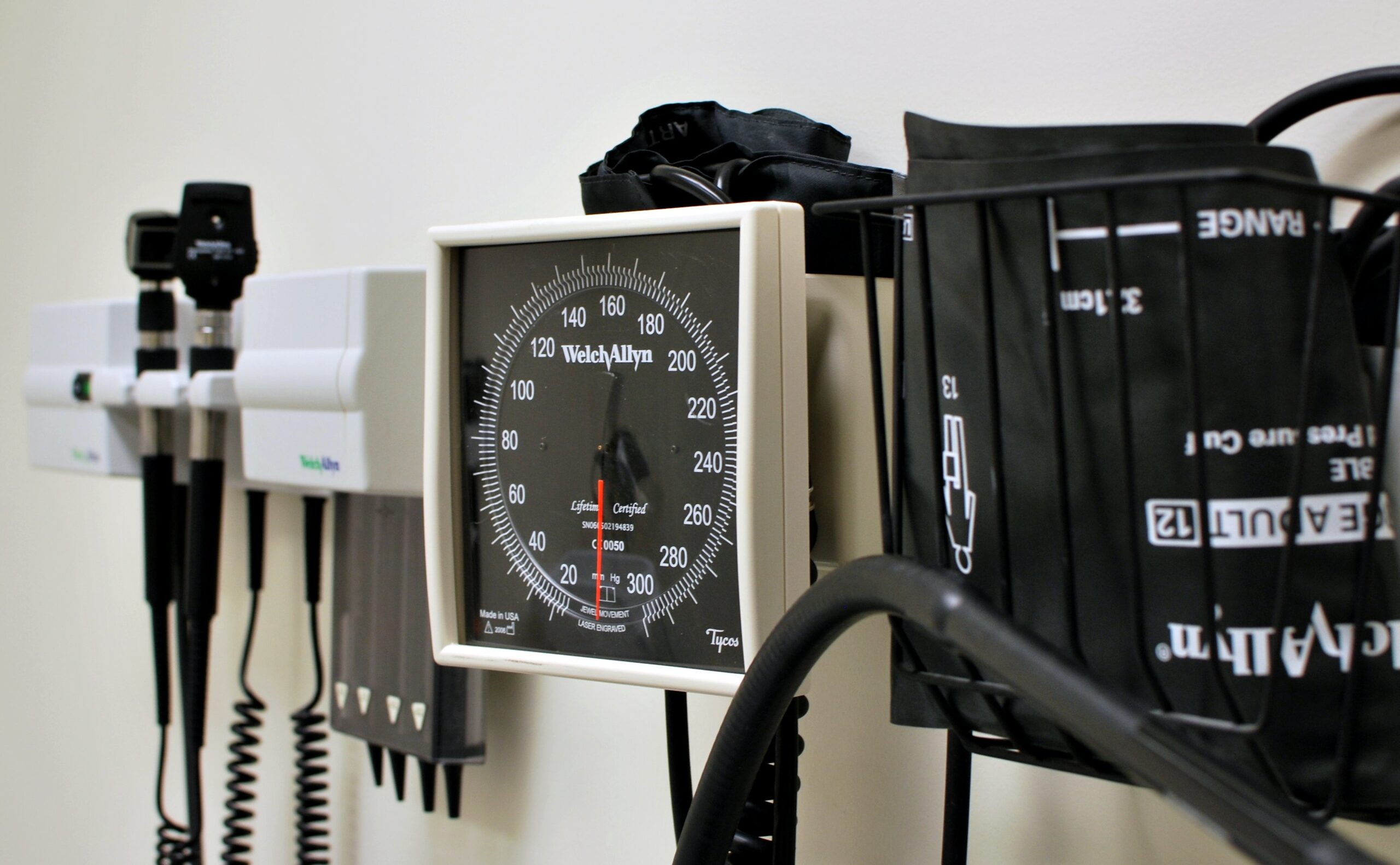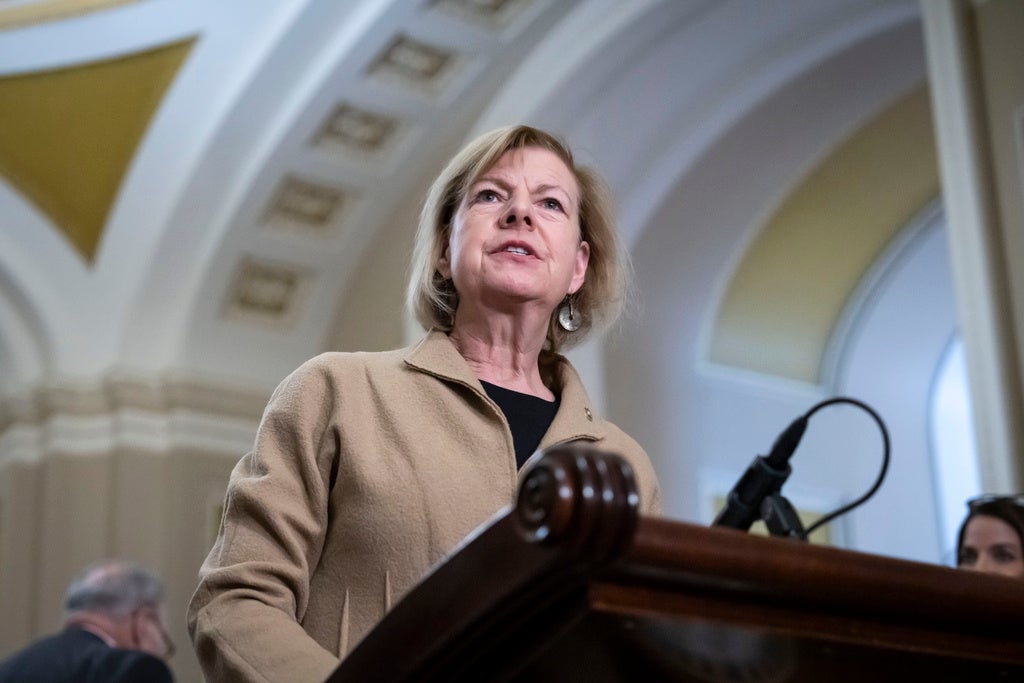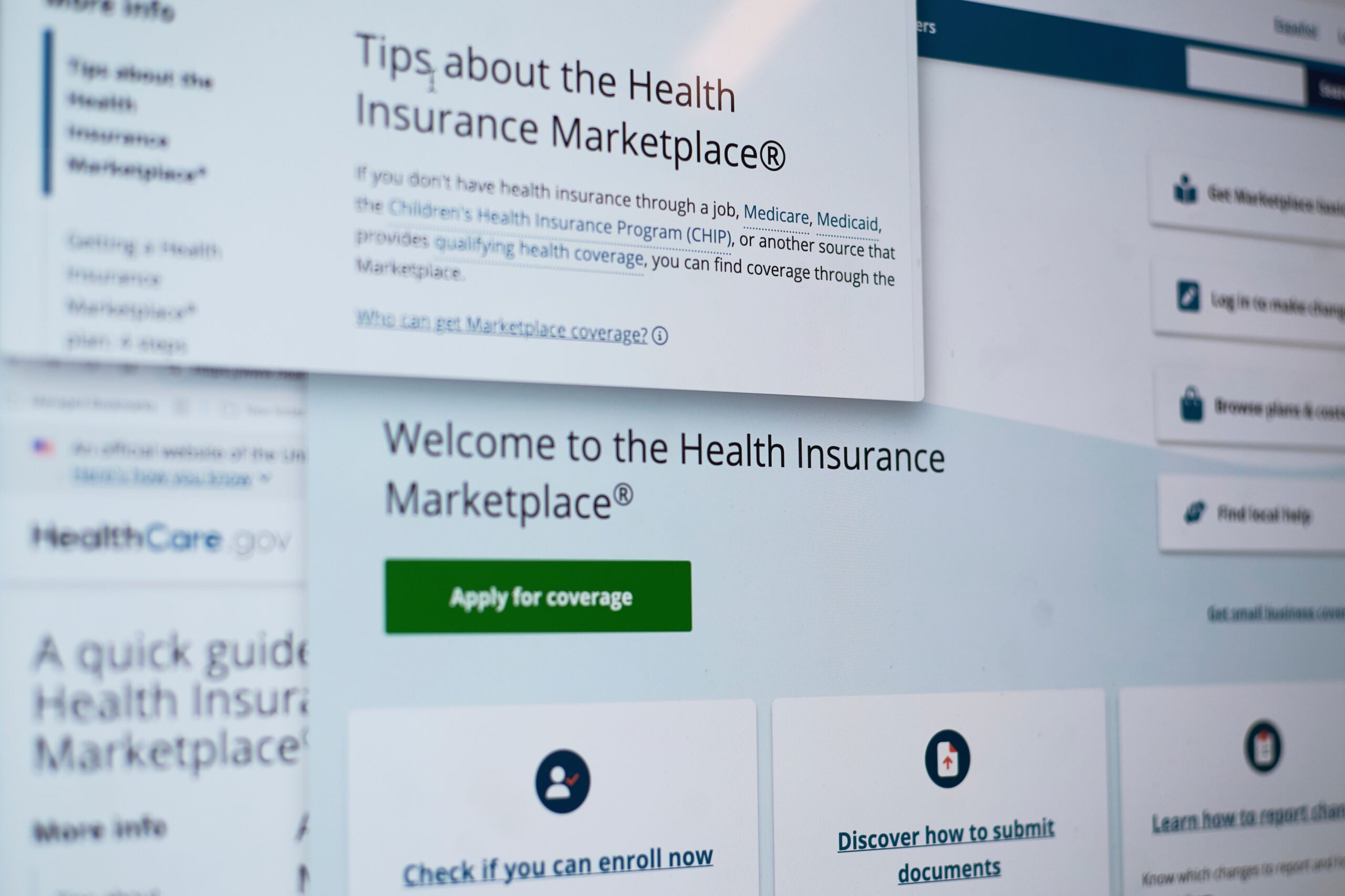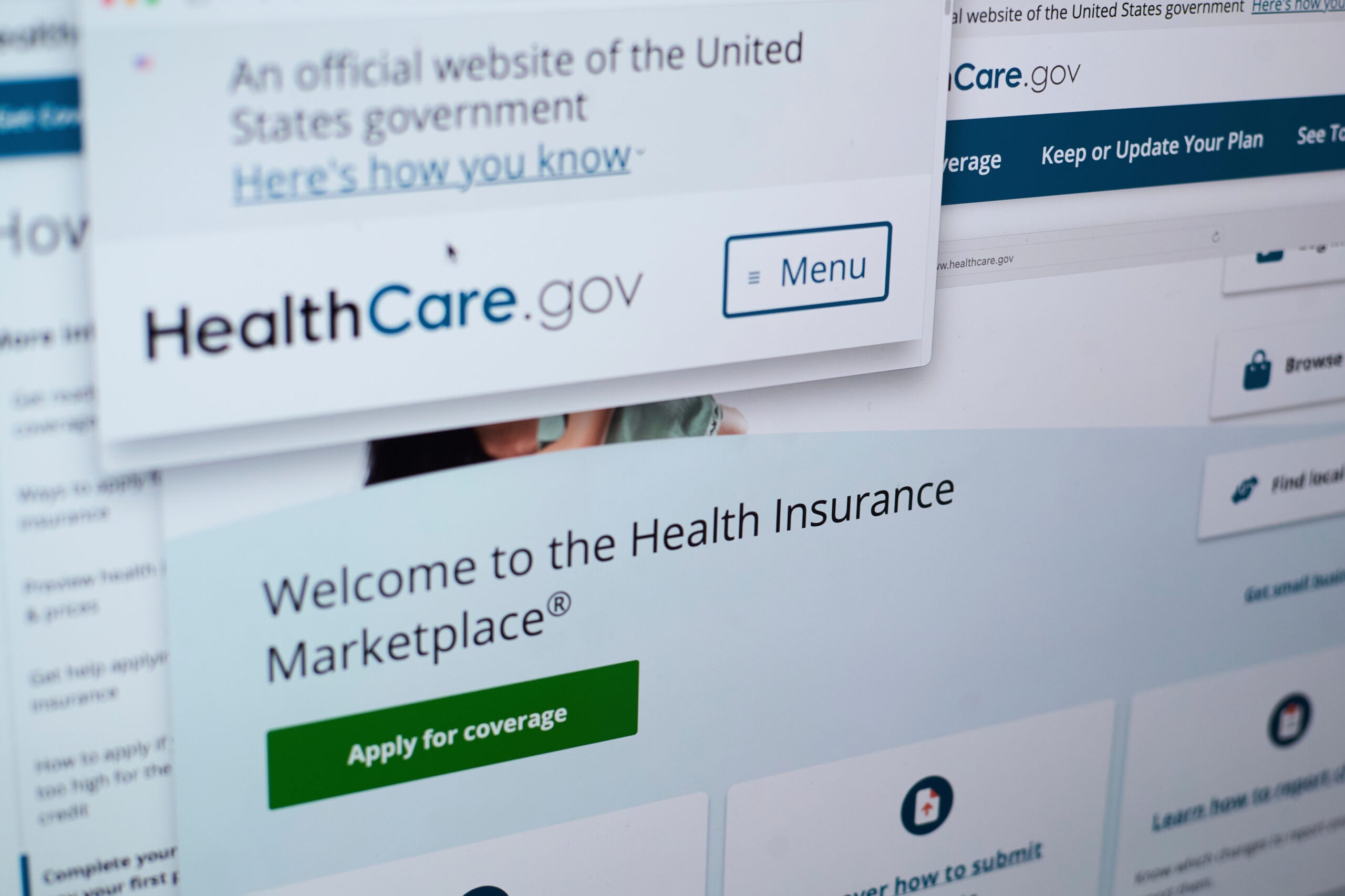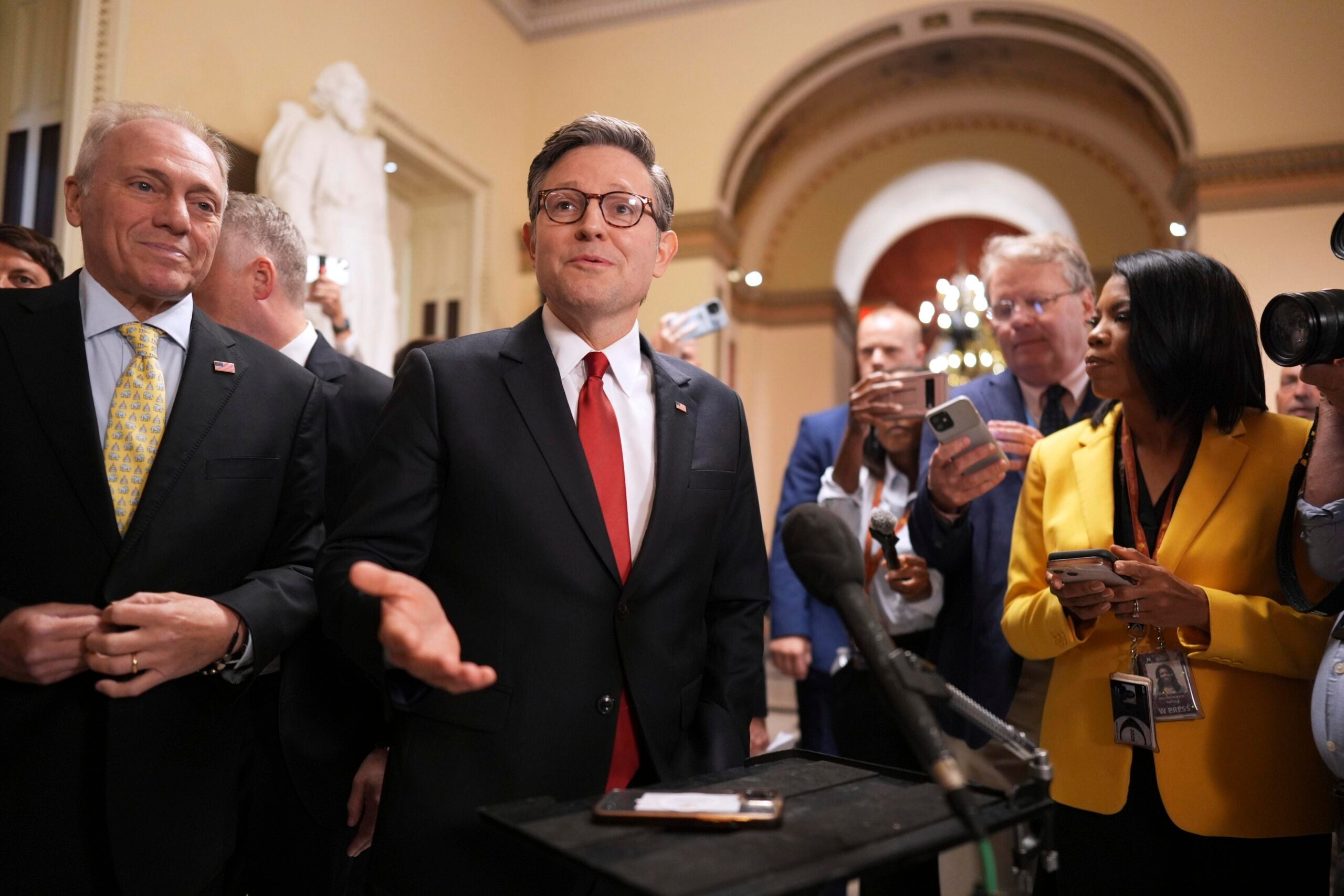Wisconsin insurance officials say Wisconsin residents buying health coverage on the Affordable Care Act exchange will see an average premium increase of 36 percent. The great majority, 90 percent, will get federal subsidies to defray that cost.
However, Wisconsin residents buying health coverage in the small group market will see single-digit increases in health premiums next year.
Increasing premiums and fewer companies selling health plans on the individual market has state insurance officials considering whether to ask the federal government for state-based changes which could stabilize the market. The changes wouldn’t come in time to affect this year’s enrollment, which begins Nov. 1, but could be in place in by 2019.
News with a little more humanity
WPR’s “Wisconsin Today” newsletter keeps you connected to the state you love without feeling overwhelmed. No paywall. No agenda. No corporate filter.
The state Office of the Insurance Commissioner says 75,000 people will be losing coverage next year because of marketplace departures by companies that didn’t meet profit expectations or lost money. Anthem, Health Tradition, and Molina won’t be selling on the marketplace next year in Wisconsin.
“The market has lost $400 million over the last three years. That’s a very significant amount of money to have lost in just the individual market,” said Wisconsin’s Deputy Insurance Commissioner J.P. Wieske.
There is at least one company selling health plans on the exchange in all of Wisconsin’s 72 counties. Most of the state’s counties have two insurers, Wieske said. The state Office of the Insurance Commissioner has a map detailing coverage.
In a teleconference with reporters Thursday, Wieske didn’t say what changes Wisconsin might seek if it applies for a federal waiver, but did mention reinsurance programs where states like Alaska and Minnesota sought federal funds to help cover patients with high-cost conditions.
“So I think we’ll look at anything that will result in lower premiums for consumers … the Legislature ultimately needs to take a look at whatever proposals we’d have and see if they make sense for Wisconsin taxpayers as well,” Wieske said.
Although the average increase for marketplace plans in Wisconsin is 36 percent, some areas of the state will see rates for the second lowest cost plan, the silver plan, double.
According to the OIC, the premium increase for silver plans will be 40 percent, 21 percent for bronze plans, and 19 percent for gold plans.
“I think we’re sitting in a market where there is some concern that we’re in a death spiral. And the individual market experience is deteriorating. And I think the increases (in premiums) we’re seeing reflect an increased amount of risk that a smaller number of insurers are going to have to take on,” Wieske said.
Gov. Scott Walker points to the premium increases as a sign of the ACA failing.
“Obamacare is collapsing, and these huge premium increases show the law failed on its promise to deliver affordable healthcare,” Walker said in a statement. In 2014, the Walker administration joined other states in suing to try and stop the ACA.
Supporters of the ACA say President Donald Trump has tried to sabotage the law by threatening to cut off subsidies that help low-income consumers buy insurance, by cutting the enrollment period in half and reducing outreach efforts.
“President Trump is doing everything he can to sabotage the ACA, and his actions are now having a very real impact on tens of thousands of Wisconsinites,” U.S. Rep Mark Pocan, D-Wisconsin, said in a statement. “With premiums jumping 36 percent, President Trump’s threats to discontinue cost-sharing reduction payments are sending the insurance markets into chaos and costing Wisconsin families hundreds of dollars every month.”
On Thursday, Trump issued an executive order to allow small businesses and potentially individuals to buy plans that don’t have ACA protections designed to protect those with pre-existing conditions. The order would also make it easier to get short-term insurance. Wieske expressed cautious optimism about that change.
“So we’re hopeful over the longer haul that some of these pieces will have a positive impact on consumers’ ability to buy health insurance,” Wieske said.
But the National Association of Insurance Commissioners has expressed concerns over the executive order:
The NAIC and its members have long-supported the goals of giving consumers broad access to quality, affordable healthcare. We recognize the intention of today’s Executive Order is to meet those objectives. With respect to short-term duration plans, we welcome and support returning to state regulators authority and market oversight of these products. The NAIC has long expressed concerns with expanding AHPs in a manner that reduces consumer protections or solvency requirements that promote safe and sound markets. We also have concerns about the impact of such a proposal on already fragile markets. We look forward to working with the Administration and DOL in their rule making process to help address these concerns. Finally, we continue to urge the Administration to take steps in the near term to stabilize the individual market.
Wisconsin Public Radio, © Copyright 2025, Board of Regents of the University of Wisconsin System and Wisconsin Educational Communications Board.

